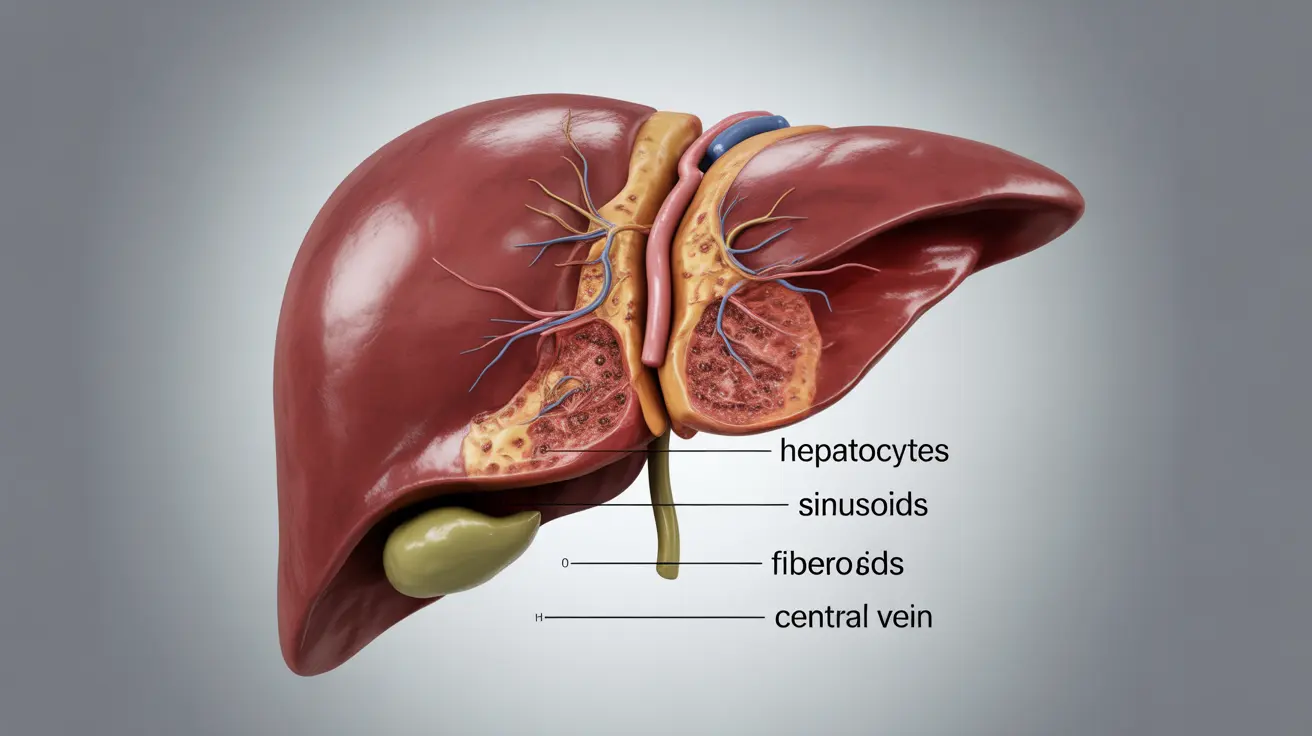Understanding how long it takes for acetaminophen (Tylenol) to cause liver damage is crucial for recognizing and preventing potentially life-threatening complications. While acetaminophen is generally safe when taken as directed, exceeding recommended doses can lead to serious liver injury, with timing playing a critical role in both damage progression and treatment success.
This comprehensive guide explores the timeline of acetaminophen-induced liver damage, early warning signs, treatment options, and important risk factors everyone should know about.
The Timeline of Acetaminophen-Induced Liver Damage
Liver damage from acetaminophen typically develops in distinct stages, with the progression varying based on the amount taken and individual risk factors:
Initial Phase (0-24 Hours)
During the first 24 hours after an overdose, individuals may experience minimal or nonspecific symptoms such as:
- Nausea and vomiting
- Loss of appetite
- Stomach pain
- Excessive sweating
- General malaise
Critical Period (24-72 Hours)
The most severe liver damage typically occurs between 24 and 72 hours after an overdose. During this time, liver enzymes begin to rise significantly, indicating developing liver injury. Without treatment, the damage can become severe and potentially irreversible.
Early Warning Signs and Symptoms
Recognizing early warning signs is crucial for preventing severe liver damage. Key indicators include:
- Upper right abdominal pain
- Yellowing of the skin and eyes (jaundice)
- Dark urine
- Light-colored stools
- Confusion or mental changes
- Extreme fatigue
- Bleeding or bruising easily
Treatment Approaches and Timing
The effectiveness of treatment largely depends on how quickly it's initiated after an overdose:
Emergency Treatment Options
- N-acetylcysteine (NAC): The primary antidote, most effective when given within 8-10 hours
- Activated charcoal: May be used if the overdose was very recent
- Supportive care: Including IV fluids and monitoring of liver function
Treatment Timeline
- Within 8 hours: Best prognosis with NAC treatment
- 8-24 hours: Still effective but reduced success rate
- Beyond 24 hours: More complicated treatment course with variable outcomes
Risk Factors for Liver Damage
Several factors can increase susceptibility to acetaminophen-induced liver damage:
- Chronic alcohol consumption
- Underlying liver disease
- Malnutrition
- Taking certain medications that interact with acetaminophen
- Fasting or poor nutrition
- Age (very young and elderly are more susceptible)
Frequently Asked Questions
What are the earliest signs of liver damage from taking too much acetaminophen?
The earliest signs include nausea, vomiting, loss of appetite, and upper right abdominal pain. These symptoms typically appear within the first 24 hours after an overdose.
How long does it typically take for acetaminophen to cause liver damage after an overdose?
Significant liver damage typically begins to develop between 24-72 hours after an overdose, with the most critical period being 48-72 hours post-ingestion.
What are the effective treatments for acetaminophen overdose, and how quickly must they be administered?
N-acetylcysteine (NAC) is the primary treatment and is most effective when administered within 8-10 hours of overdose. Treatment can still be beneficial up to 24 hours or later but may be less effective.
Can liver damage from acetaminophen be reversed if treated promptly, and what is the prognosis?
If treated within 8-10 hours of overdose, liver damage can often be prevented or reversed. The prognosis depends on the timing of treatment and the severity of the overdose.
What are the risk factors that increase susceptibility to liver damage from acetaminophen?
Key risk factors include chronic alcohol use, existing liver disease, malnutrition, certain medication interactions, and age extremes (very young or elderly).




